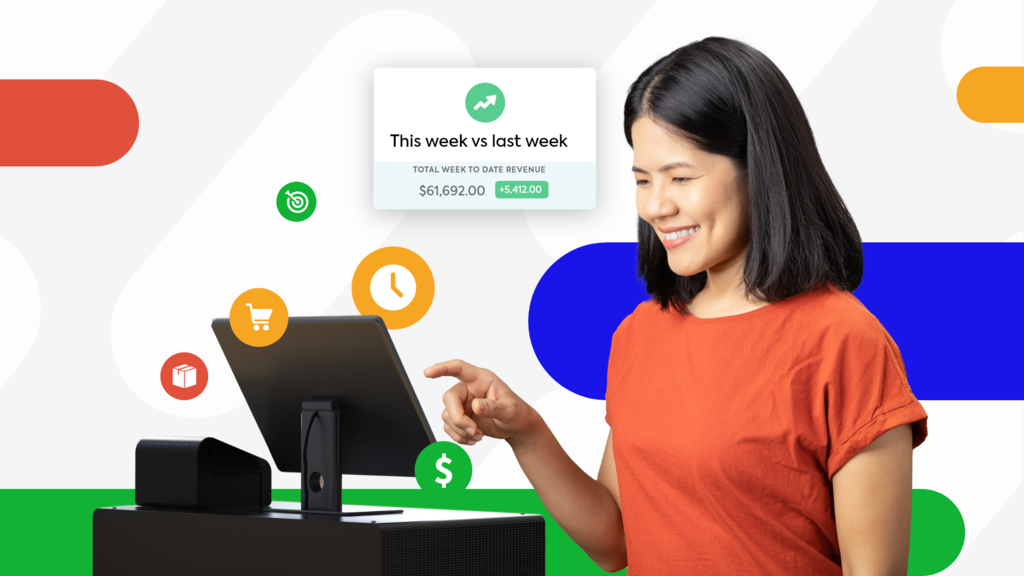Reporting features from retail software have put thousands of numbers at business owners’ fingertips at any given moment. Which should be measured and tracked to understand where you’re at right now and to meet future goals?
Fortunately, many ecommerce platforms have built-in reporting features that help us organize that data. When properly used, they can define how we should spend our time improving sales performance. Here are the three areas of reporting every boutique owner should focus on if they want to measure and amplify their sales performance.

1. Sales Performance Comparisons
Sales performance comparisons will offer the best indicator you have to consistently manage and deliver on your boutique’s goals and objectives. Every boutique should be making performance comparisons for month-over-month and year-over-year sales.
While year-over-year sales can give you a big picture idea of the success of your business, month-over-month sales reports will help you pinpoint what is working for your business more recently.
Both are necessary to discover trends, which will shape your medium to long-term business decisions. Use them to fine-tune your marketing strategies and gather insights about the health of your business.
2. Revenue Breakdown
Unfortunately, the dollar amount under your total payments received doesn’t exactly show whether or not you’re turning a profit to meet your sales goals. That’s why it’s essential to break it down into categories. Only then can you understand how these dollars get generated and how they will be allocated.
Reports should break your revenue streams into these categories- product revenue, shipping, sales tax (state, country, municipal), and gross profits.
Product revenue and shipping revenue are pretty self-explanatory. Product revenue is the revenue generated from the products you sold. Shipping revenue will show revenue generated by shipping costs.
Tax revenue is the sales taxes you collect based on state, county, or municipality. Your ecommerce platform should be able to calculate these taxes for you. You will be using these tax reports to pay your sales taxes.
Your gross profit report will take your total payments and deduct the sales tax, cost of goods sold, and the cost of shipping. This is one of the most important reports you can use for your business since it will show you whether or not you’re turning a profit.
3. Sales by Channel
Modern consumers typically through multiple channels to interact with their favorite brands. That’s what makes multi-channel retail so effective in boosting your bottom line. However, this is also what makes it initially overwhelming. In addition to the reports above, there are a couple of others to start running for each channel.
Average Order Value, or AOV, is the average dollar amount of paid orders. This number is a clear indicator of a channel’s success. If this is low, you may want to look into different ways of marketing or adding buy-now-pay-later options for your customers.
Tracking payments by the hour can also give you insight on which times your customers prefer to shop your different channels. Run a report that shows you when customers typically check out over a 24 hour period. This is a good clue for when to push channel-specific content or promotions.
The Takeaway
There’s a lot of data that comes with online retail, but sales reporting makes it easy to track the most crucial metrics. Use these reports to get really clear about where you are in your business right now and how to reach your sales goals well into the future.






